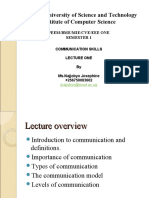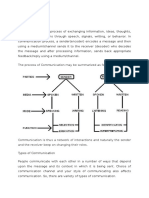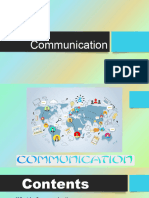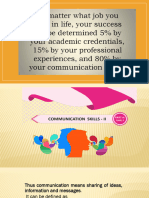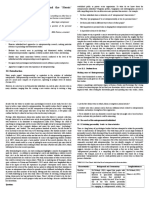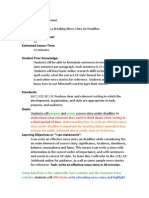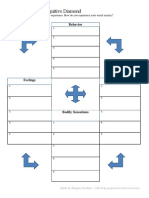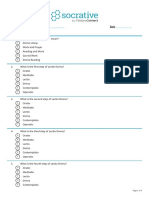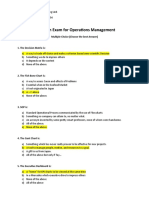0% found this document useful (0 votes)
24 views12 pagesMids
The document discusses different types of communication including verbal, non-verbal, and written communication. It defines communication and provides examples of different communication channels and styles. The document also covers communication models and cycles, as well as barriers to effective communication and strategies to overcome those barriers.
Uploaded by
Inshal ZafarCopyright
© © All Rights Reserved
We take content rights seriously. If you suspect this is your content, claim it here.
Available Formats
Download as PDF, TXT or read online on Scribd
0% found this document useful (0 votes)
24 views12 pagesMids
The document discusses different types of communication including verbal, non-verbal, and written communication. It defines communication and provides examples of different communication channels and styles. The document also covers communication models and cycles, as well as barriers to effective communication and strategies to overcome those barriers.
Uploaded by
Inshal ZafarCopyright
© © All Rights Reserved
We take content rights seriously. If you suspect this is your content, claim it here.
Available Formats
Download as PDF, TXT or read online on Scribd
/ 12






























